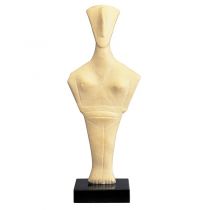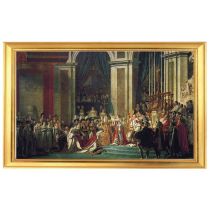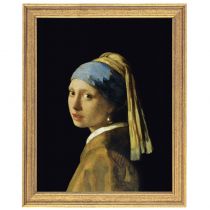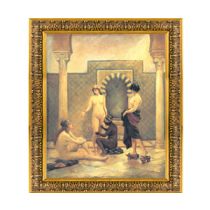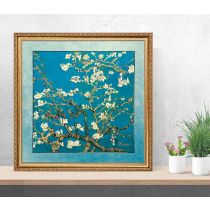Cart is empty
Red vineyard in Arles
In 1889, Van Gogh was invited to participate in a group show in Brussels called XX (or Vingtistes). Van Gogh suggested that his brother Theo, an art dealer and van Gogh's agent, send six paintings to be exhibited with the group, one of which was The Red Vineyard. Anna Boch, a Belgian artist and art collector, bought the painting in the early 1890s for 400 Belgian francs, perhaps because she liked the painting and wanted to show her support for van Gogh, and perhaps to please her brother, Eugène, whom he knew to be Vincent's friend
Anna Boch sold the Red Vineyard in 1906, however, for 10,000 francs, and it was sold again the same year to a Russian textile entrepreneur, Sergei Shchukin. It was given to the Pushkin Museum by the State of Russia in 1948.
Van Gogh painted The Red Vineyard from memory in early November 1888, while Paul Gauguin, the artist, was living with him in Arles. It is a dramatic landscape painting in saturated autumnal reds and yellows highlighting the blue clothing of workers in a vineyard, with a bright yellow sky and the sun reflecting in the river beside the vineyard. The viewer's eye is drawn through the landscape by the strong diagonal line leading to the high horizon and the setting sun in the background.
In one of his many letters to his brother, Theo, van Gogh tells him that he is
"Working in a vineyard, all purple and yellow...But if you were with us on Sunday! We saw a red vineyard, completely red like red wine. In the distance it turned yellow and then a green sky with a sun, meadows violet and bright yellow here and there the rain in which the setting sun was reflected."
In a subsequent letter to Theo, Vincent says of this painting:
"I'll often find myself working from memory, and canvases made from memory are always less awkward and more artistic looking than studies from nature, especially when I'm working in mistral conditions."





